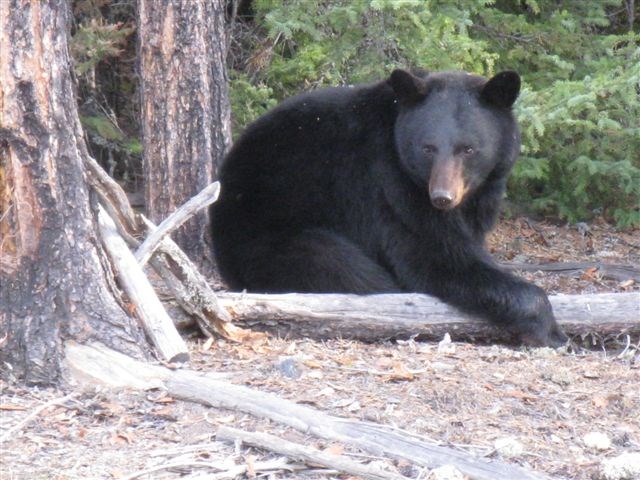Spring is slamming the door on another season of international big game hunting.
Saskatchewan outfitters are facing their second lean year in a row, noted Jeff Smith, the operator of Kutawagan Outfitters and the big game chairman for the Saskatchewan Commission of Professional Outfitters. As borders remain snapped shut, droves of American tourists that normally take about 2,000 bears are staying home.
"It's tough to prepare for a zero income year, but that's what happened last year," Smith said.
A lack of bear bait laid out by outfitters may mean the animals will go looking for another food source, he said. Meanwhile, more human activity from Saskatchewan residents heading outdoors may also send some bears searching for food on the edges of farmland, he added.
Lack of international tourism would have a small impact, but not a huge one, because the bear population in the province is roughly 43,000, Smith said.
He hopes business will pick up this fall, but that's optimistic. Many of his 2020 clients postponed their bookings to this year, and he's waiting month-by-month for news that he can get back to work.
Saskatchewan residents may have picked up some of the slack hunting the animals. Provincial resident bear licence sales jumped from 3,780 in 2019 to 4,917 in 2020, though that may not mean they all harvested animals, noted Matthew Tokaruk, a biologist with the Saskatchewan Ministry of Environment.
Black bears have a relatively low reproductive rate, typically having cubs every two years. Disrupting a single season likely won't have a big effect on their population, he said.
People's behaviour has also changed. More people are spending more time outdoors and staying within the province — potentially encountering more bears. In 2020, about 2,000 human-bear interactions were reported — anything from a sighting to a nuisance bear. In past years, that number usually fell between 1,000 and 1,200, Tokaruk said.
He advises residents to keep their personal property, like yards and cabins, clean to avoid any unwanted visitors.
"These are critters that are really ruled by their stomachs," he said.
Saskatchewan's first fatal bear attack in almost four decades happened last August, when a bear killed a woman north of Buffalo Narrows. The news hit close to home for University of Saskatchewan professor Douglas Clark, who keeps a cabin in northern Saskatchewan.
Clark, who is an expert on bear-human interactions, said he knows the rarity of bear-related deaths can be cold comfort for the people affected. He's unsure of the effects of the international tourism drop-off, but noted that conflicts between humans and bears typically revolve around the bear searching for food.
"If you get a food crop failure (like with berries), then you get a number of bears who really have trouble," he said. "That's when you see a spike in conflict between bears and people."




